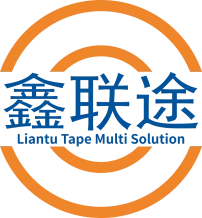The main difference between PE heat shrink film and POF shrink film
1.Different definitions
POF means heat-shrinkable film. POF stands for multi-layer co-extruded polyolefin heat-shrinkable film. It uses linear low-density polyethylene as the middle layer (LLDPE) and copolymerized polypropylene (pp) as the inner and outer layers. It is plasticized and extruded by the machine, and then processed by special processes such as die molding and film bubble inflation.
PE film is a kind of material with good toughness, and it is not easy to be crushed by ordinary plastic shredders. Because the PE film is soft and tough, it is not easy to shred, not to mention the high temperature of the tool at high speed, which will cause LDPE to melt and adhere to the blade. The granulation of PE can be directly put into the feeding port of the extruder in strips, and the PE film is dragged into the barrel by the shear force of the screw to heat, melt, extrude and granulate. The first-grade material recovered from PE can still be blown film, used for non-food and pharmaceutical packaging, and is also widely used in the production of Oxford leather and tarpaulin, with a bright future.
2.Physical properties
POF is thin and tough, with uniform thickness, good moisture resistance and soft texture. High tensile strength, high tear strength, adjustable shrinkage. Due to the presence of LLDPE, the rubbing resistance is better.
PE is thick and tough, with uniform thickness, good moisture resistance and soft texture. The tear strength is lower than POF, and the rub resistance is not as good as POF.
3.Application
PE heat shrinkable film is widely used in the packaging of wine, cans, mineral water, various beverages, cloth and other products. The product has good flexibility, impact resistance, tear resistance, and is not easy to break Tide, large shrinkage.

POF is a heat-shrinkable film, which is mainly used for packaging regular and irregular shaped products. Uniform shrinkage and suitable for automatic high-speed packaging, etc., widely used in automotive supplies, plastic products, stationery, books, electronics, circuit boards, MP3, VCD, handicrafts, photo frames and other wooden products, toys, insecticides, daily necessities, food, Cosmetics, canned beverages, dairy products, pharmaceuticals, cassettes and video tapes and other products.















